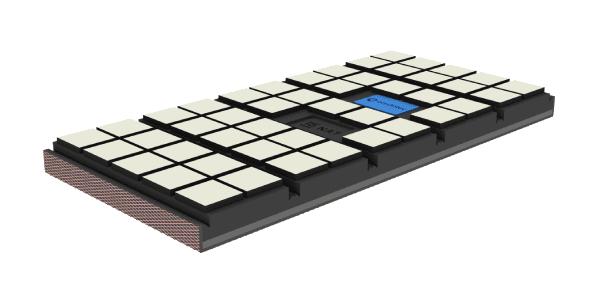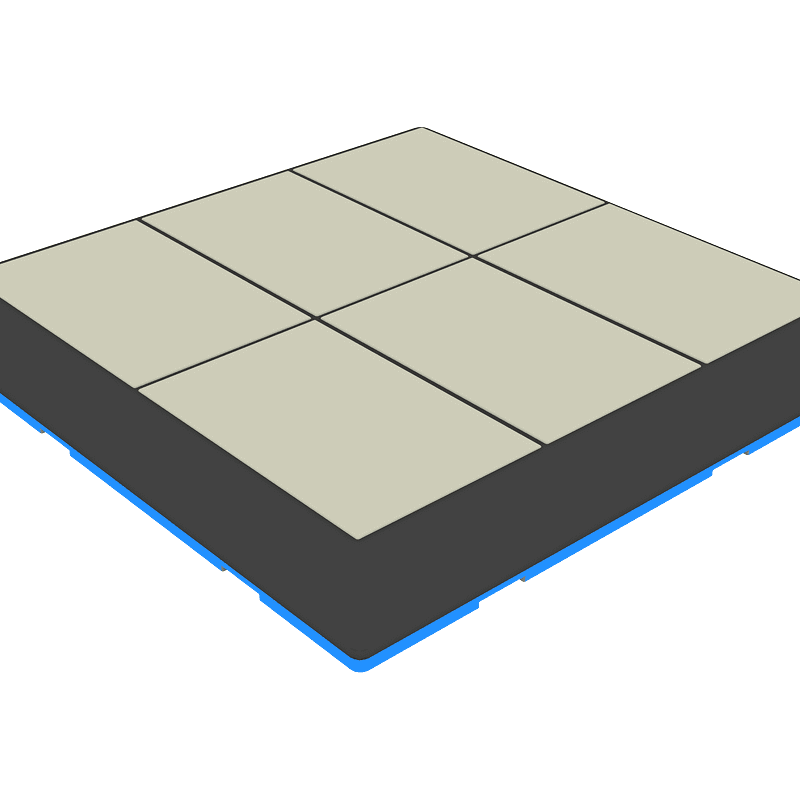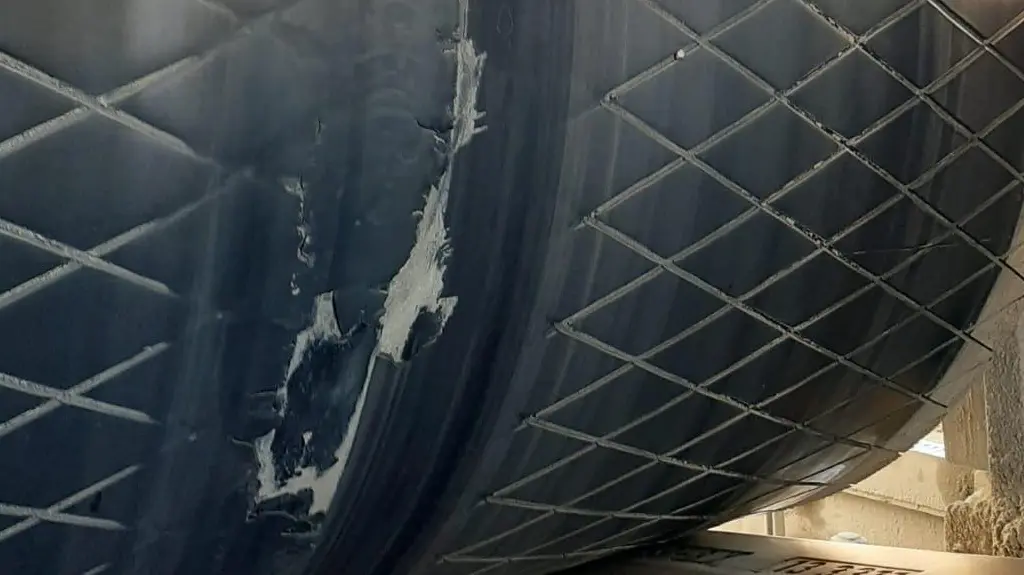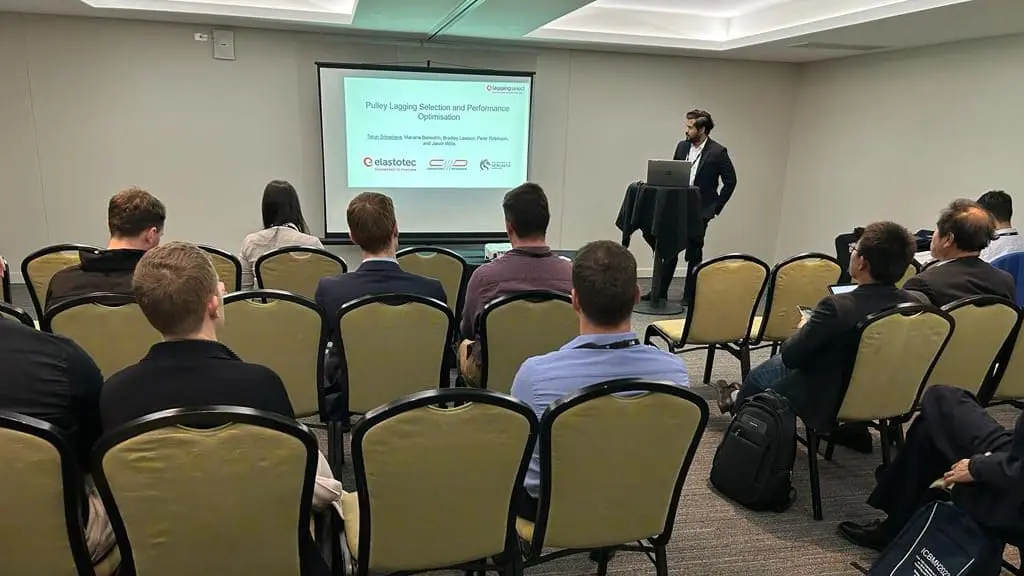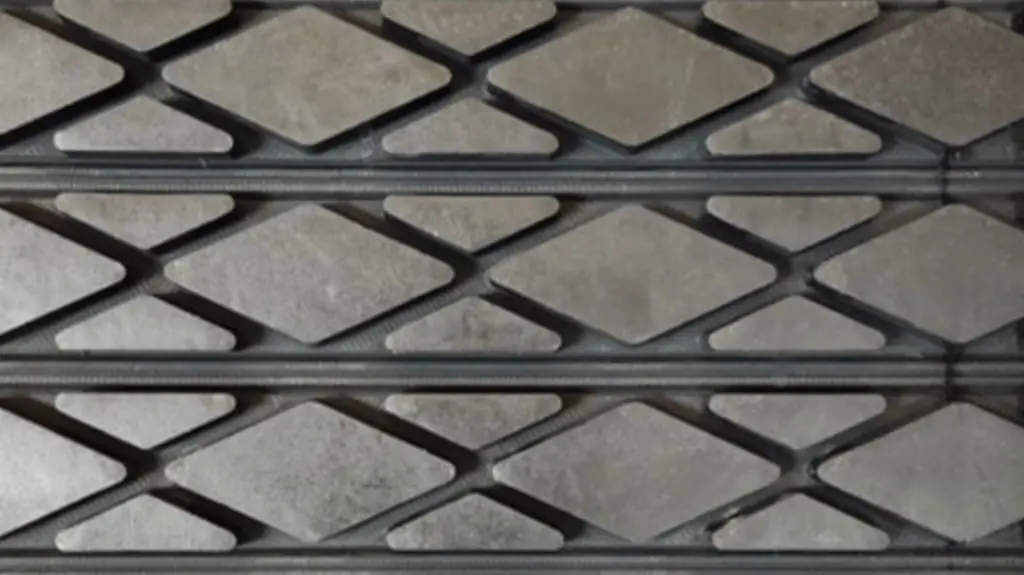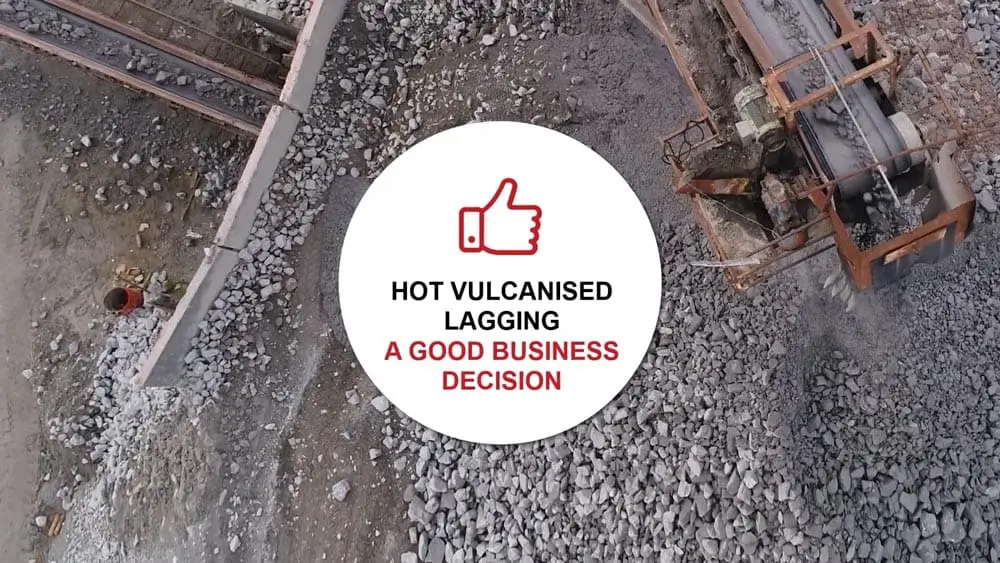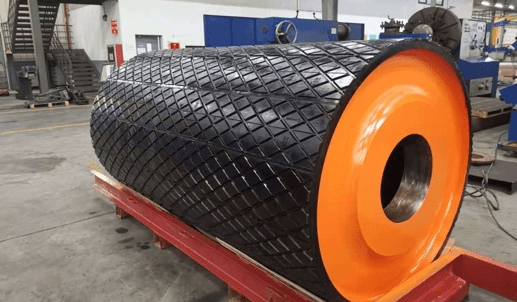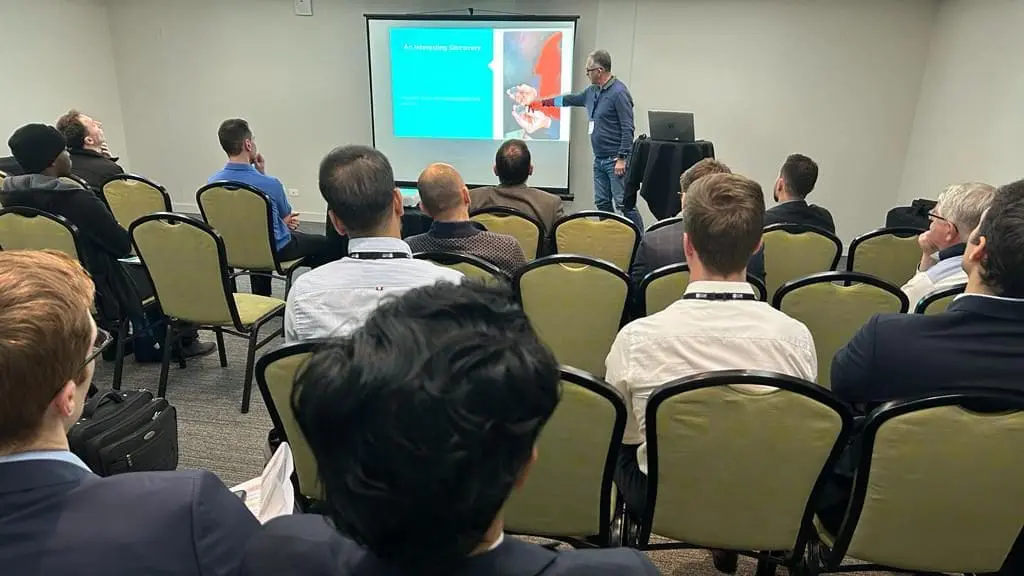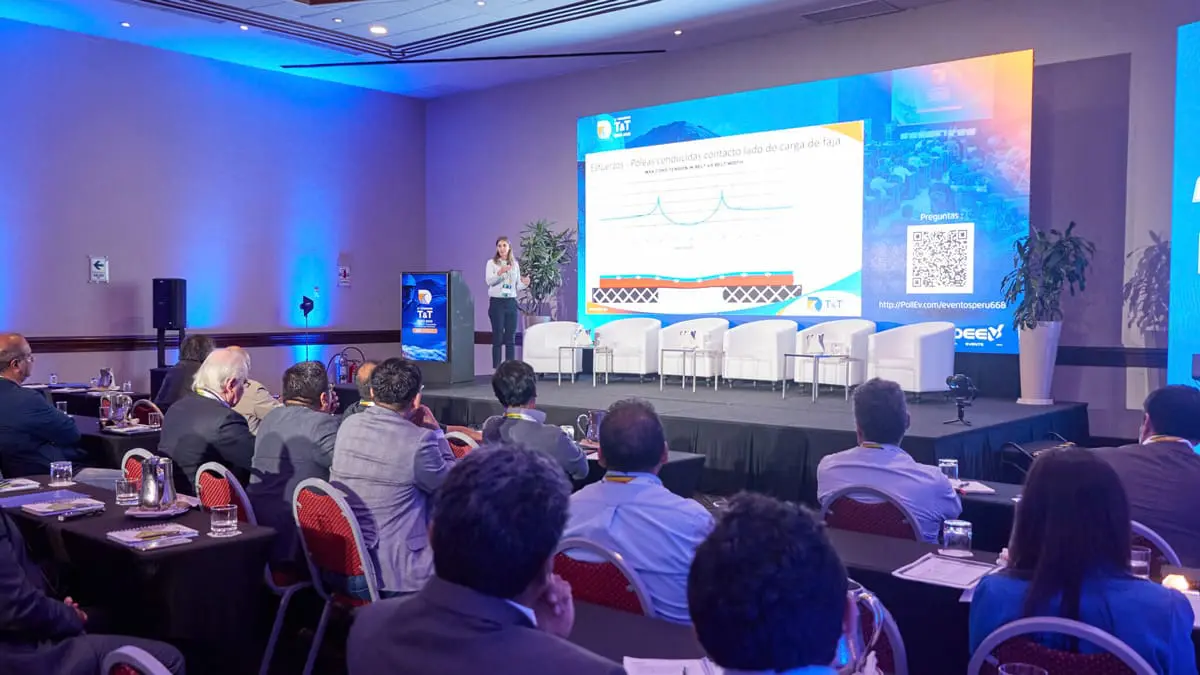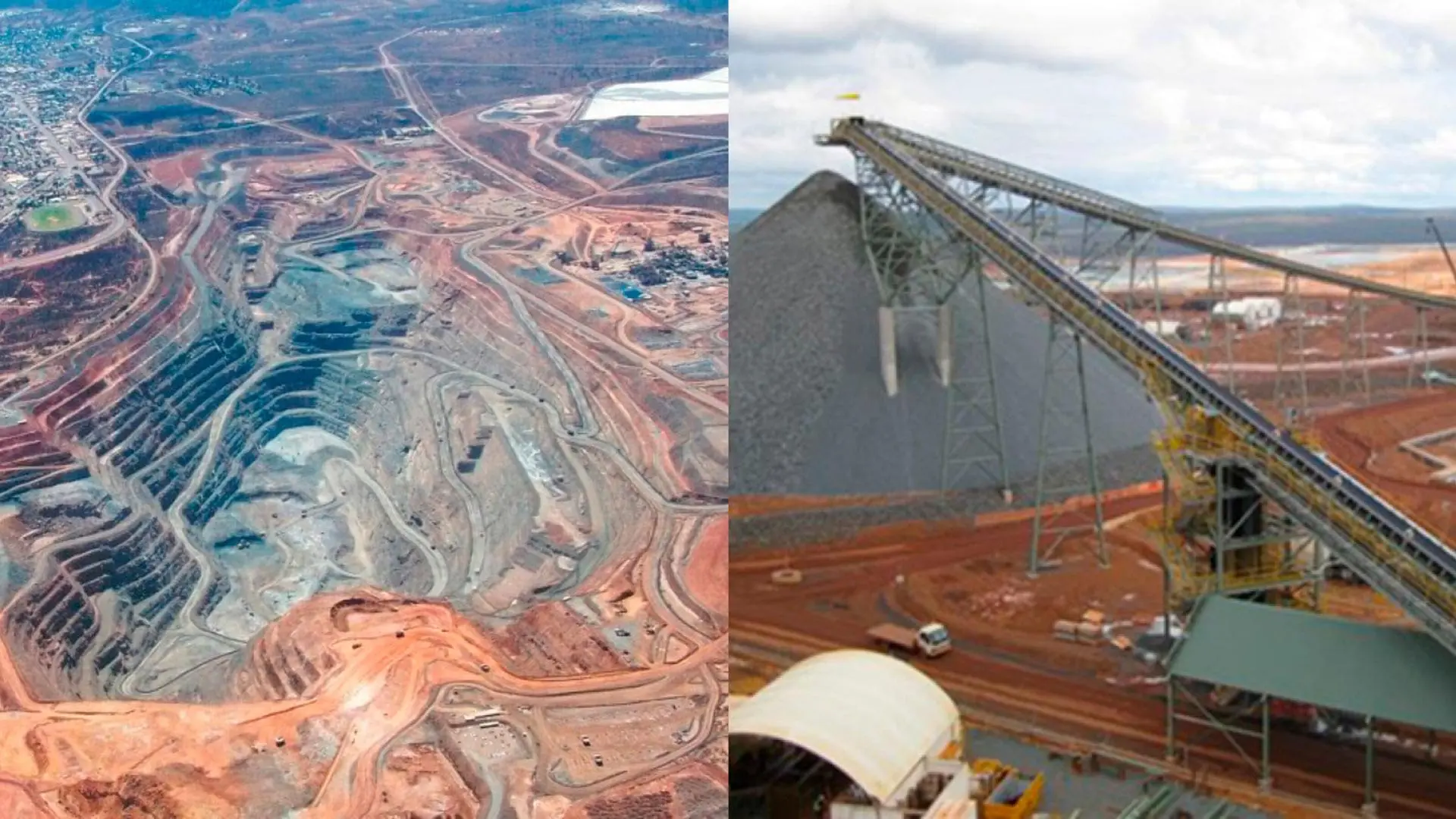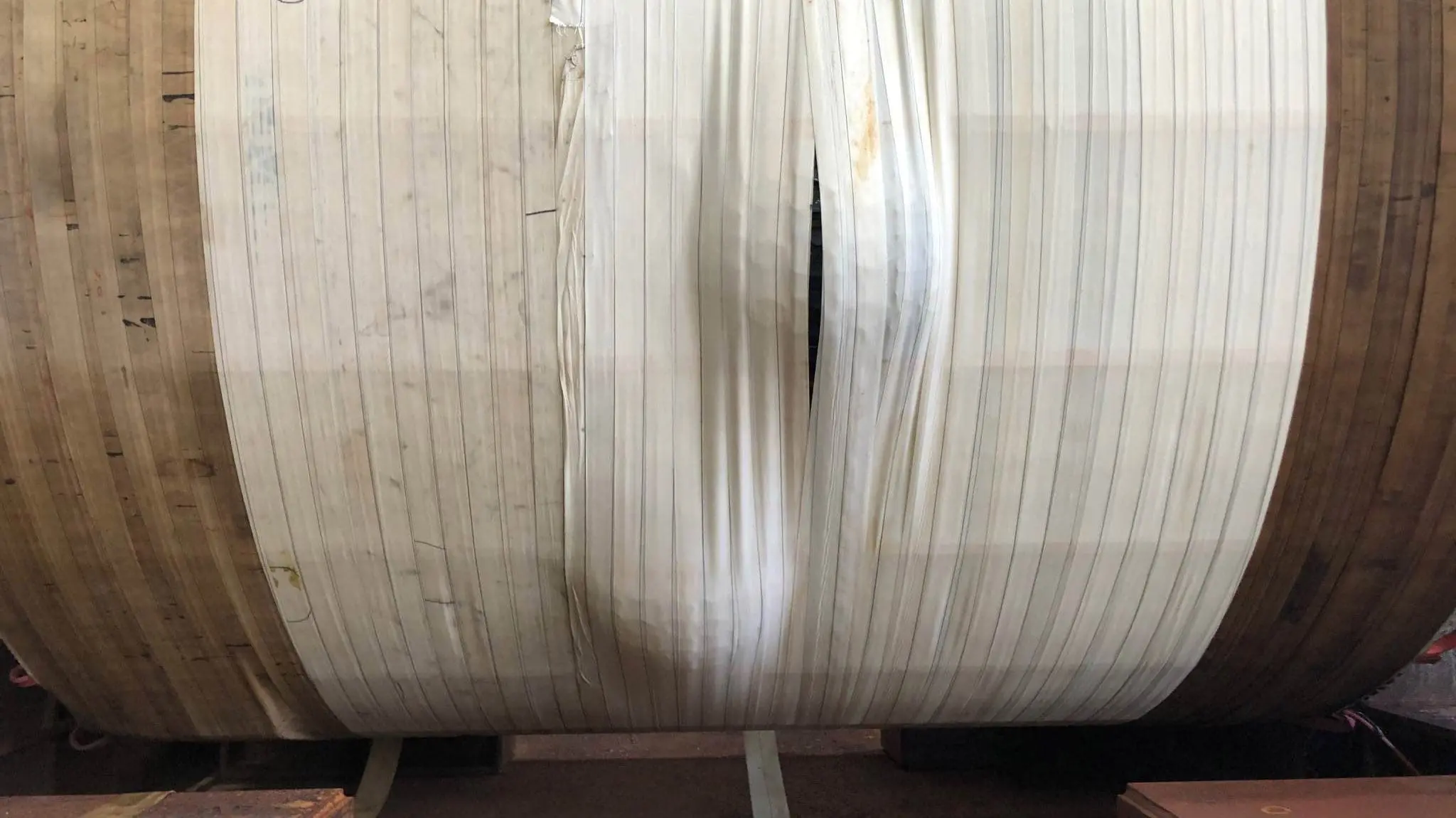
New Technology Extends Service Life of Non Drive Pulleys and Protects the Conveyor Belt

Mining is an industry where reliability is crucial and unplanned down time can result in millions of dollars lost over a single day.
Pulleys are a critical part of the conveyor, and need to provide exceptional performance, ensuring that the material handling system is operational when required. Pulleys and lagging need to work together. There is no advantage in having the best quality, perfectly designed pulley, if lagging does not perform at the same level. Lagging failure will still result in an unplanned shut down even if the pulley is in perfect condition.
Elastotec is focused in making the conveying process more reliable by eliminating unplanned maintenance due to lagging failure.
At Elastotec our team works hard to understand the conveyor operating conditions and learn from past experiences at each mine site. There is no one lagging type that is best for every application. Each mine is different, and has particular challenges that are specific to the material being conveyed, the equipment being used and the climatic conditions. Each pulley lagging solution, needs to be analyzed individually.
At Elastotec we believe that by analyzing the lagging requirement for each conveyor and pulley we can help mining companies reduce their down time.
One example of our work to extend the service life of non drive pulleys is the development of Hot Vulcanised Polyurethane Lagging (HVPU).
Traditionally non drive pulleys have been lagged with rubber as this is a low cost lagging option that is reasonably effective at shedding buildup. However rubber lagging does require regular replacement.
There are many instances where there is a requirement for a lagging for non drive pulleys with substantially more wear resistance than can be achieved with even the most abrasion resistant rubber lagging. There are two basic options to obtain additional wear resistance:
- Ceramic lagging
- Polyurethane lagging
Ceramic lagging will provide the greatest level of wear resistance by virtue of the aluminium oxide tiles moulded into the surface of the lagging. These tiles have very high hardness and so resist abrasion and wear from most types of ore.
In applications where there is slippage between the conveyor belt and the lagging surface, such as on high tension bend pulleys and on non drive pulleys on turnover conveyors, installing a highly wear resistant ceramic lagging can transfer the wear profile from the lagging to the bottom cover of the belt. As the conveyor belt is one of the most expensive components on the conveyor, excessive wear of the belt covers is a serious problem and incurs a substantial cost.
An additional issue to consider with ceramic lagging is build up of fines on the ceramic lagging that can lead to belt tracking problems, and in severe cases breakage of steel cords in the belt. This is more common when handling high moisture ores that contain clay.
Cast polyurethane lagging has been used on non drive pulleys for some time and has provided extended service life compared to even the most abrasion resistant rubber lagging. In addition hot cast polyurethane has been shown to resist build up by virtue of the low coefficient friction surface.

One area where hot cast polyurethane is deficient is in the adhesion to the steel pulley shell. The application process for this type of polyurethane is done at ambient pressure and the chemistry involved limits the degree of adhesion between the polyurethane and the pulley shell. There have been many instances on high tension bend and snub pulleys where the hot cast polyurethane has debonded from the pulley shell.
To overcome this debonding problem, and at the same time utilize the advantages of this unique material, Elastotec have adapted the Hot Vulcanising technology they have used successfully for many years with ceramic lagging to the application of Hot Vulcanized Polyurethane Lagging (HVPU).

This involves manufacturing the PU Lagging with an uncured bonding layer applied to the back and side of each strip, applying the HVPU to the pulley shell, and then placing this into an autoclave. Once in the autoclave the lagging is cooked onto the pulley at 140°C for 4- 6 hours at a pressure of 400 kPa. This ensures that the lagging has a 100% rubber tear bond to the pulley shell, and no joins between strips.
The HVPU is guaranteed by Elastotec not to debond from the pulley shell.

The extreme abrasion resistance of the Polyurethane typically provides service life of 3-5 times that obtained with the best quality rubber lagging. In addition the low co-efficient of friction this material has allows the belt to move over the lagging surface easily, greatly reducing the chance of belt cover wear and at the same time resisting buildup.
It is this unique combination of properties that allows the HVPU Lagging to provide extended service life on non drive pulleys.
Large Gold Mine in Australia – increased service life of pulleys with Elastotec/PROK HVCL
One of the largest gold mines in Australia, located in southeast of Perth, produces around 750,000 o
T&T Perú 2023
Thank you to the Peruvian mining sector. Thank you for the space to discuss your challenges. Thank y
Prevention of blisters in steam heated autoclaves
This technical bulletin will outline the causes of blister formation and will detail a series of sim











